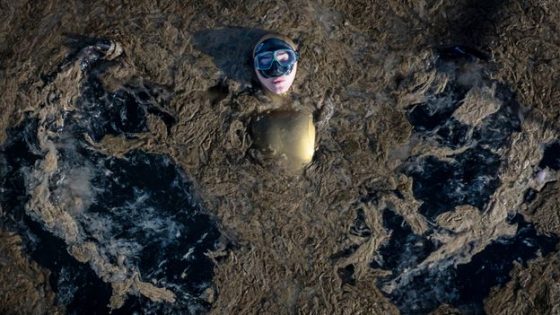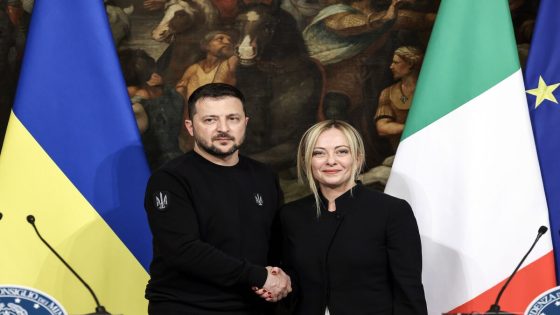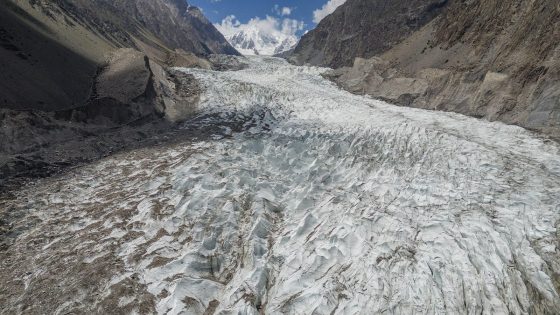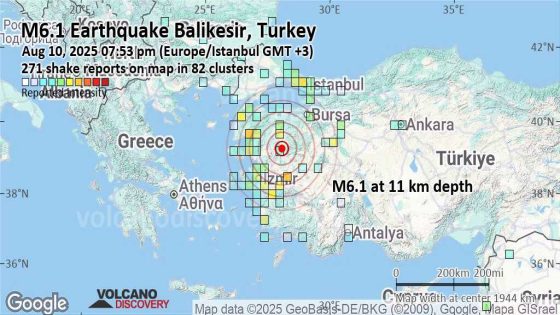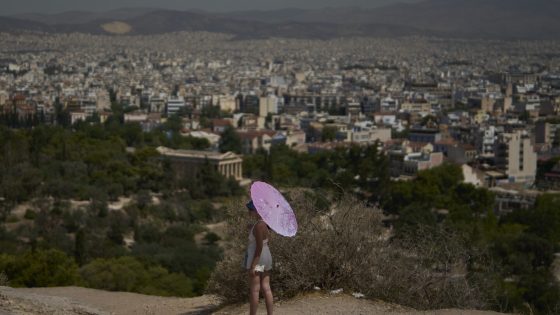The Sea of Marmara is facing a resurgence of mucilage, a sticky algae plague that first struck in early summer 2021. This alarming phenomenon, which coats marine life and disrupts ecosystems, is once again threatening the waters cherished by 18 million Istanbul residents. As of July 11, 2025, the mucilage has reemerged, raising concerns about its impact on local fisheries and biodiversity.
- Mucilage plague affected Sea of Marmara.
- Algae overgrowth harms marine life.
- Oxygen transfer is severely impacted.
- Initial control measures were implemented.
- Mucilage problem persists beneath the surface.
- Returning to the surface threatens ecosystems.
This overgrowth of phytoplankton creates a mucus-like layer that suffocates fish and other marine organisms, preventing oxygen transfer and leading to significant ecological damage. While initial measures in 2021 seemed to control the outbreak, the persistent presence of mucilage beneath the surface suggests a deeper issue that requires urgent attention.
Why is the return of mucilage significant for marine ecosystems? The situation underscores the fragility of aquatic environments and the interconnectedness of global ecological systems. Key points to consider include:
- The mucilage disrupts oxygen flow, endangering fish larvae and other marine species.
- Persistent algae blooms indicate underlying environmental issues, such as pollution and climate change.
- Local economies reliant on fishing may face severe consequences if the problem escalates.
As we look to the future, it’s crucial for governments and communities to implement sustainable practices to protect our oceans. Will we take the necessary steps to avert further ecological crises?



